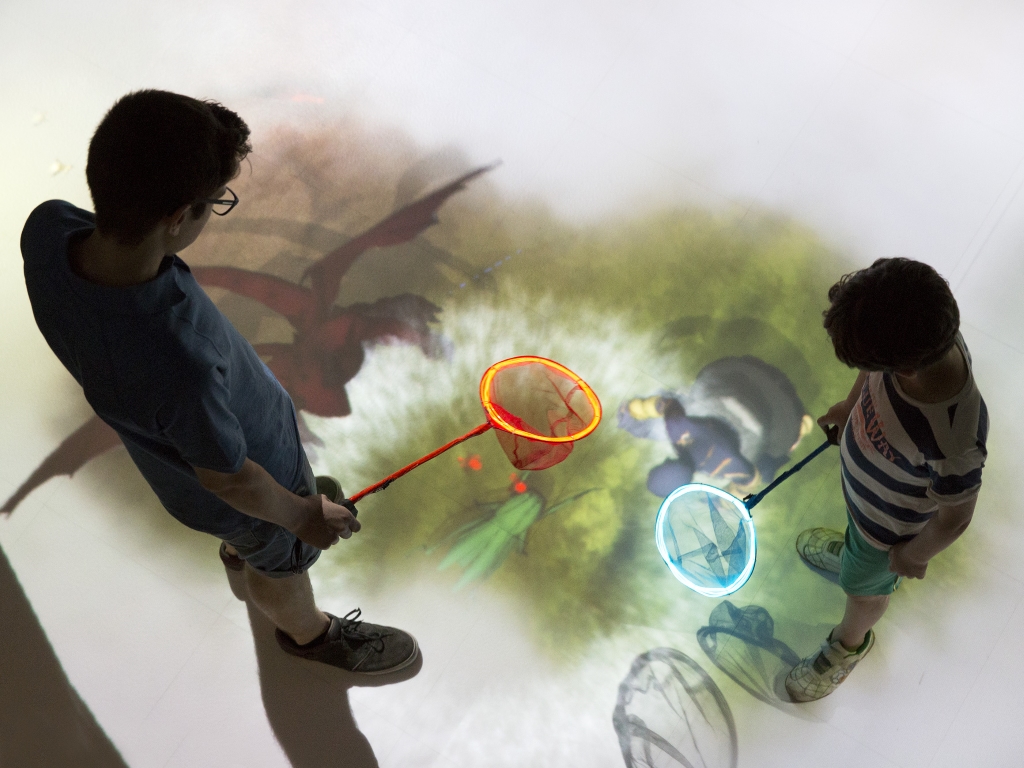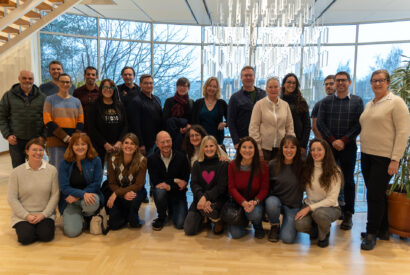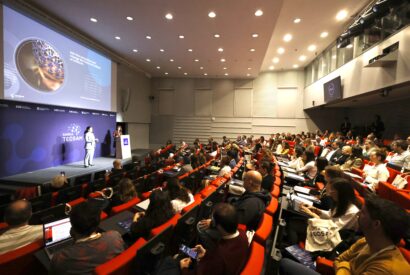Innovation and ASD: Mixed Reality to Promote Socialization
Narcís Parés, researcher of the Full-Body Interaction LAB and member of the TECSAM Network, has participated in the virtual forum "Autism: Technology, research, detection, and early care" organized by ATADES.

Mixed reality can be a useful tool to promote the socialization of children and young people with Autism Spectrum Disorder (ASD). Narcís Parés, responsible for the Full-Body Interaction Lab at the UPF’s Cognitive Media Technologies Group, and member of the TECSAM Network, has explained so in the virtual forum on “Autism: Technology, research, detection and early care” organized by the A·Autismo by ATADES project (Tutelar Aragonese Association of Intellectual Disability).
During his speech, Parés has explained this research line that his team is working on and that he seeks to demonstrate the potential of a mixed reality system to encourage social iniciating behaviour in children with autism spectrum disorder.
Children’s ASD experts María Díez-Juan, UnimTEA’s childhood psychologist and clinical director of TEA CARE 0-4 Mes Casadevall Institute, and Aritz Aranbarri, UnimTEA’s clinical neuropsychologist and principal investigator of TEA CARE 0-4 Mes Casadevall Institute, have also participated in the forum.
Yanira Vallejo, director of A·Autismo by ATADES, has also explained how this entity has become a landmark in integral care for people with ASD throughout the lifespan.

